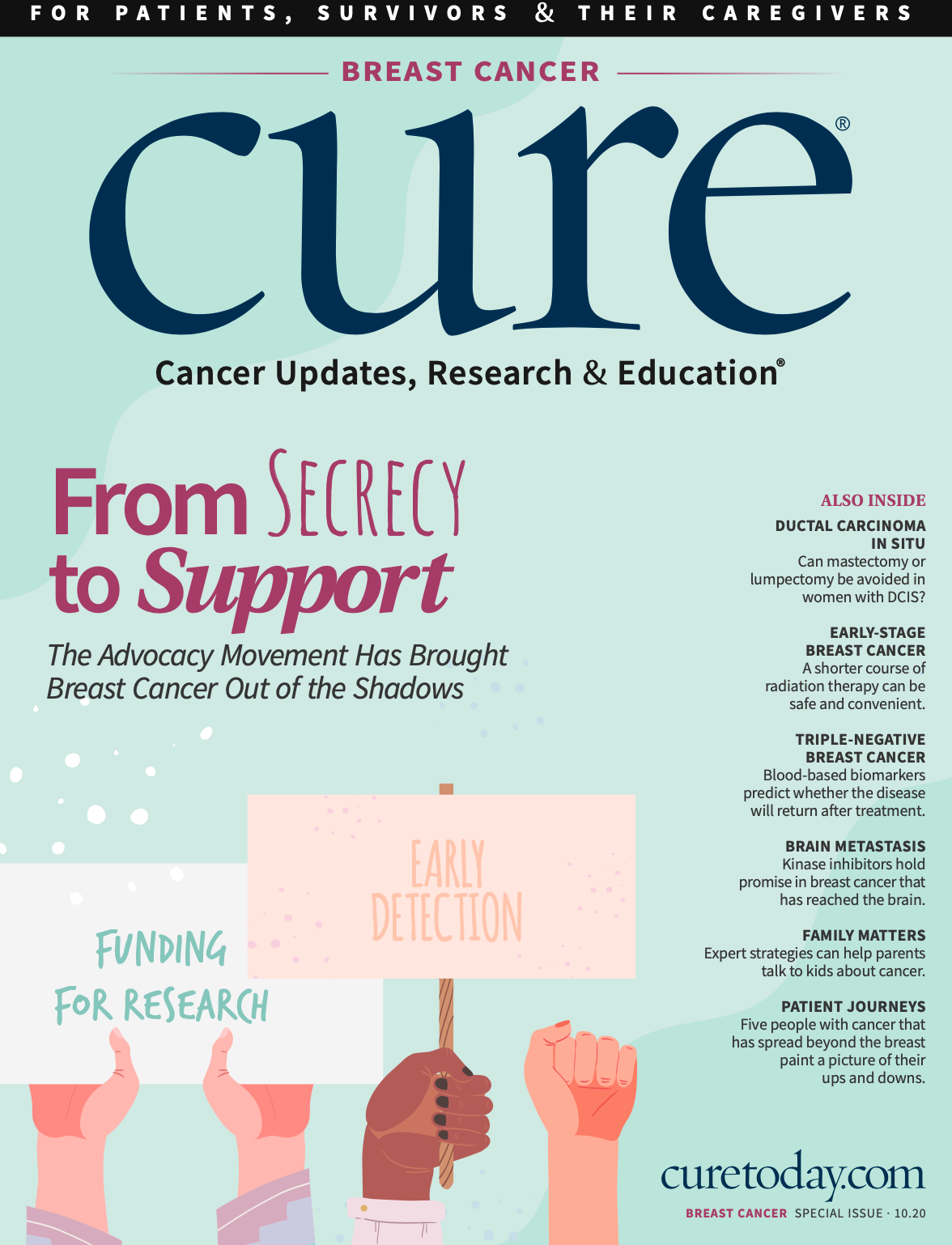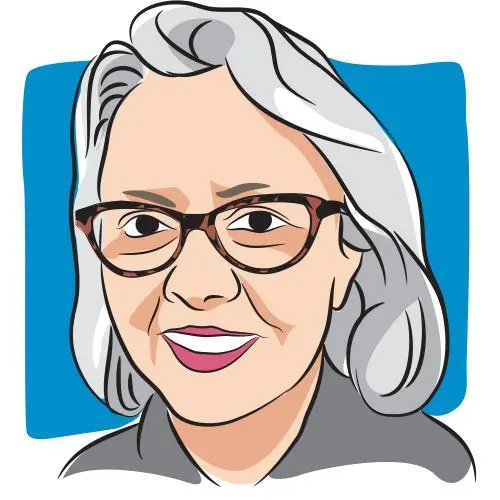Publication
Article
CURE
A Look Back at the Movement That Changed the Breast Cancer Journey
Author(s):
October is Breast Cancer Awareness month and is deeply associated with the color pink, but it wasn't always like that. Here's how the breast cancer awareness movement began.
During each October's Breast Cancer Awareness Month, the color pink makes its mark on everything from T-shirts to ribbons to merchandise, raising awareness about the disease and generating funds for research. Love the association with pink or hate it, the color is a reminder of the decades of patient advocacy that have brought breast cancer out of the shadows and into the public conversation and scientists’ labs.
In this special issue of CURE®, we look back at that patient advocacy movement and tell the story of how it began and where it has taken us. Our cover article begins in the 1950s, when the word “breast” couldn’t be uttered in public and women were not consulted before being given mastectomies.
We follow the movement through the rich culture of advocacy that has raised billions of dollars for research and led to not only a much deeper understanding of the disease but also choice for patients about how to treat it. Today’s community welcomes a wider swath of those affected by breast cancer, including previvors who face an inherited predisposition to the disease. We hope you enjoy this feature brimming with the stories of advocacy pioneers, including Terese Lasser and Susan G. Komen founder Nancy Brinker.
In this issue, we also delve into the question of when patients with early-stage breast cancer can safely be spared surgery.
In cases of ductal carcinoma in situ, stage 0 cancer, there is debate about whether surgery is always needed and if it should be lumpectomy or mastectomy. This type of breast cancer is considered preinvasive, and the difficulty in choosing a treatment revolves around a lack of methods for predicting which cases are aggressive and more likely to recur. In our feature article, we present the latest thoughts on this topic.
A third feature explores new developments in treating breast cancer that has spread to the brain.
Elsewhere in this issue, we consider the safety and potential benefits of a shorter course of hypofractionated radiation therapy for certain women with breast cancer. We also discuss blood-based biomarkers as a way to predict the recurrence of triple-negative disease.
Five people who have metastatic breast cancer, all ambassadors for a website that provides emotional support, let us glimpse life with the disease through their eyes. In the same vein, a group known as The Breasties aims to inform and encourage younger people affected by women’s cancers, and two of their founders discuss their experiences.
We hope that this array of material is both inspiring and educational, offering insights that help you ask key questions and make solid decisions about your care. As always, thank you for reading.
For more news on cancer updates, research and education, don’t forget to subscribe to CURE®’s newsletters here.
































